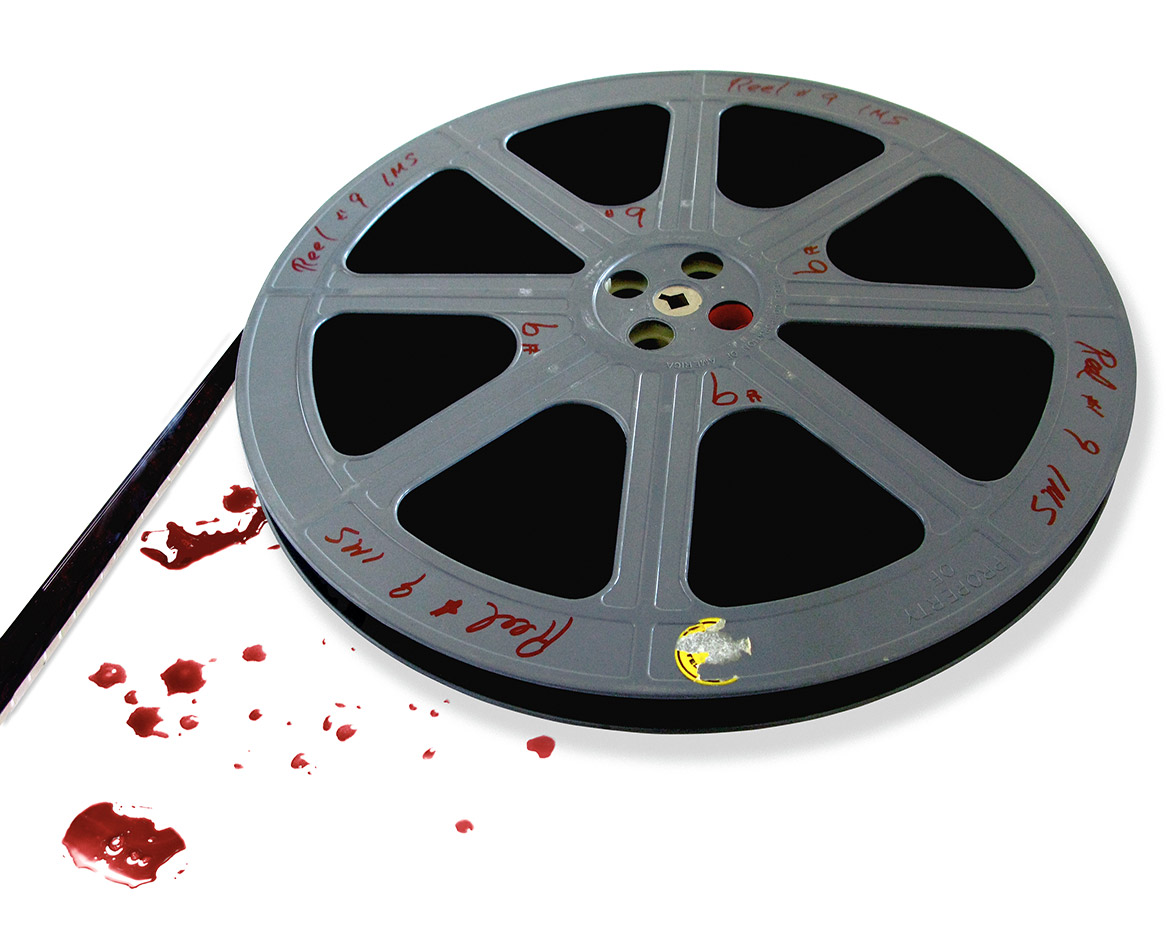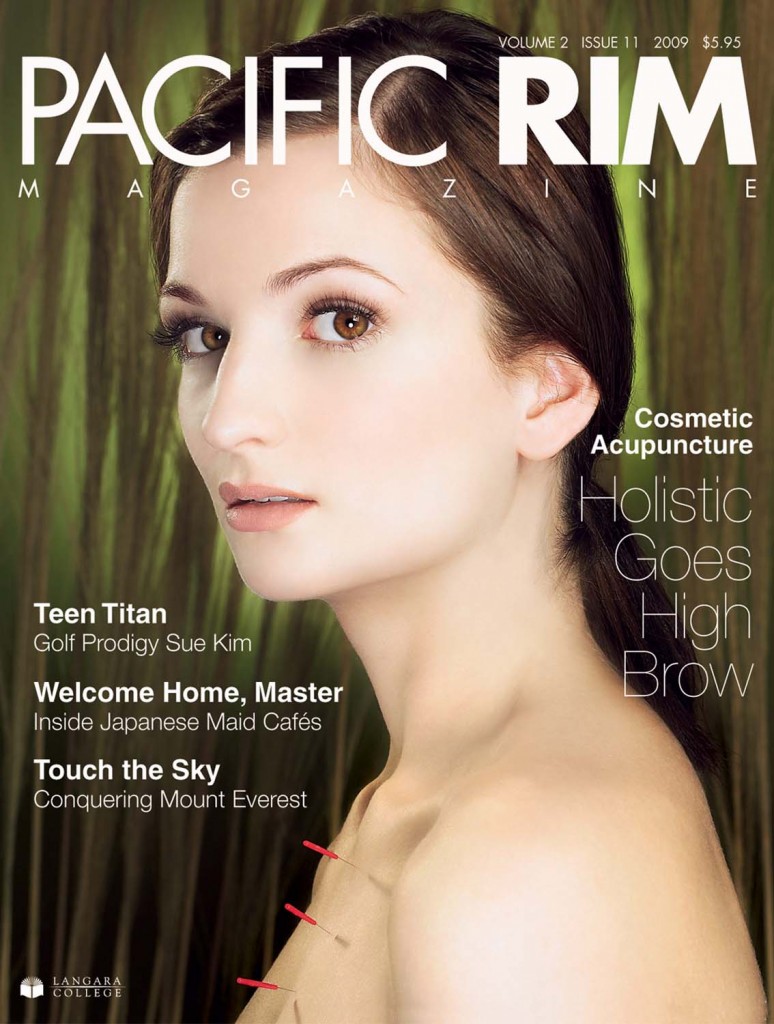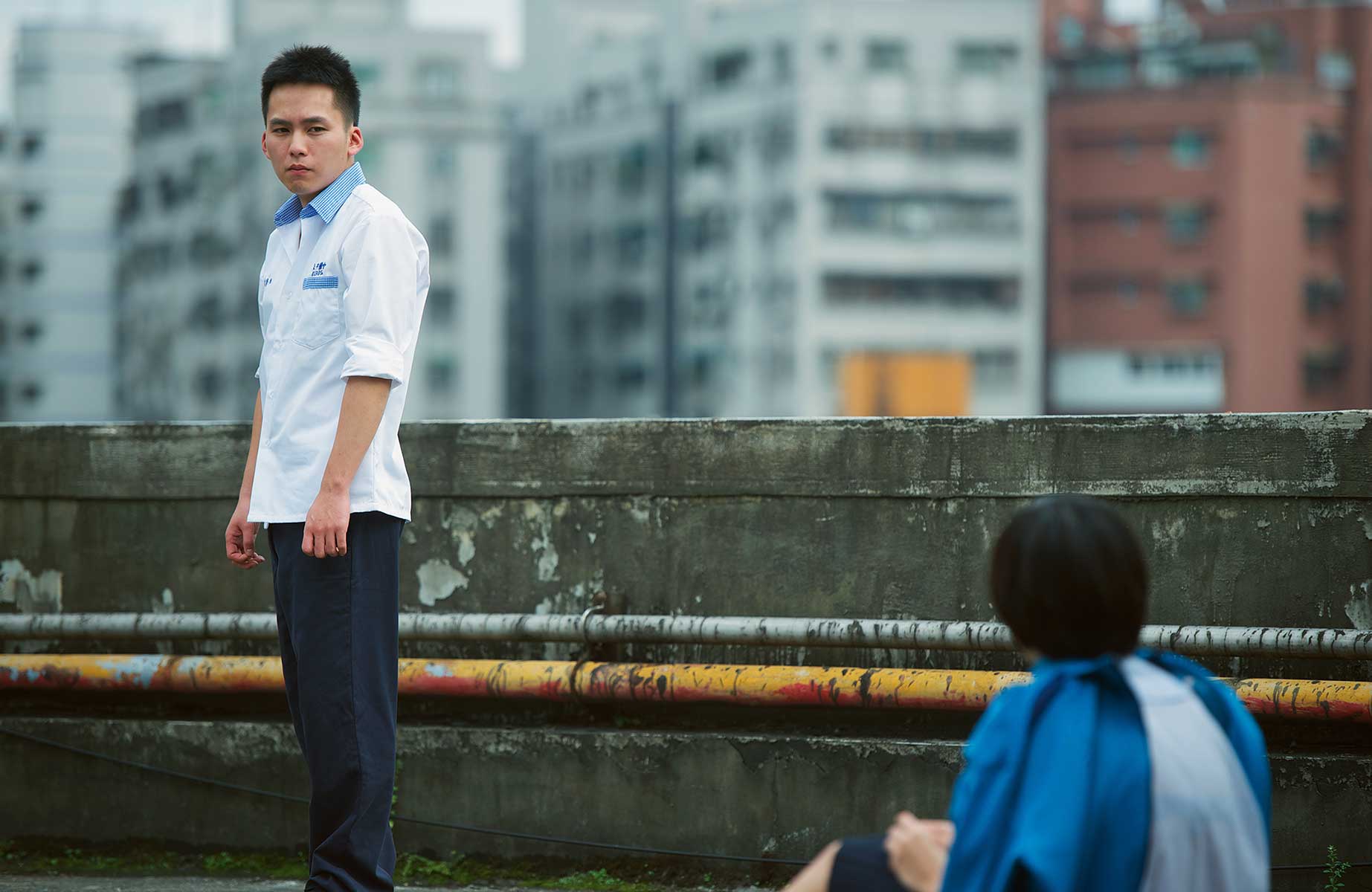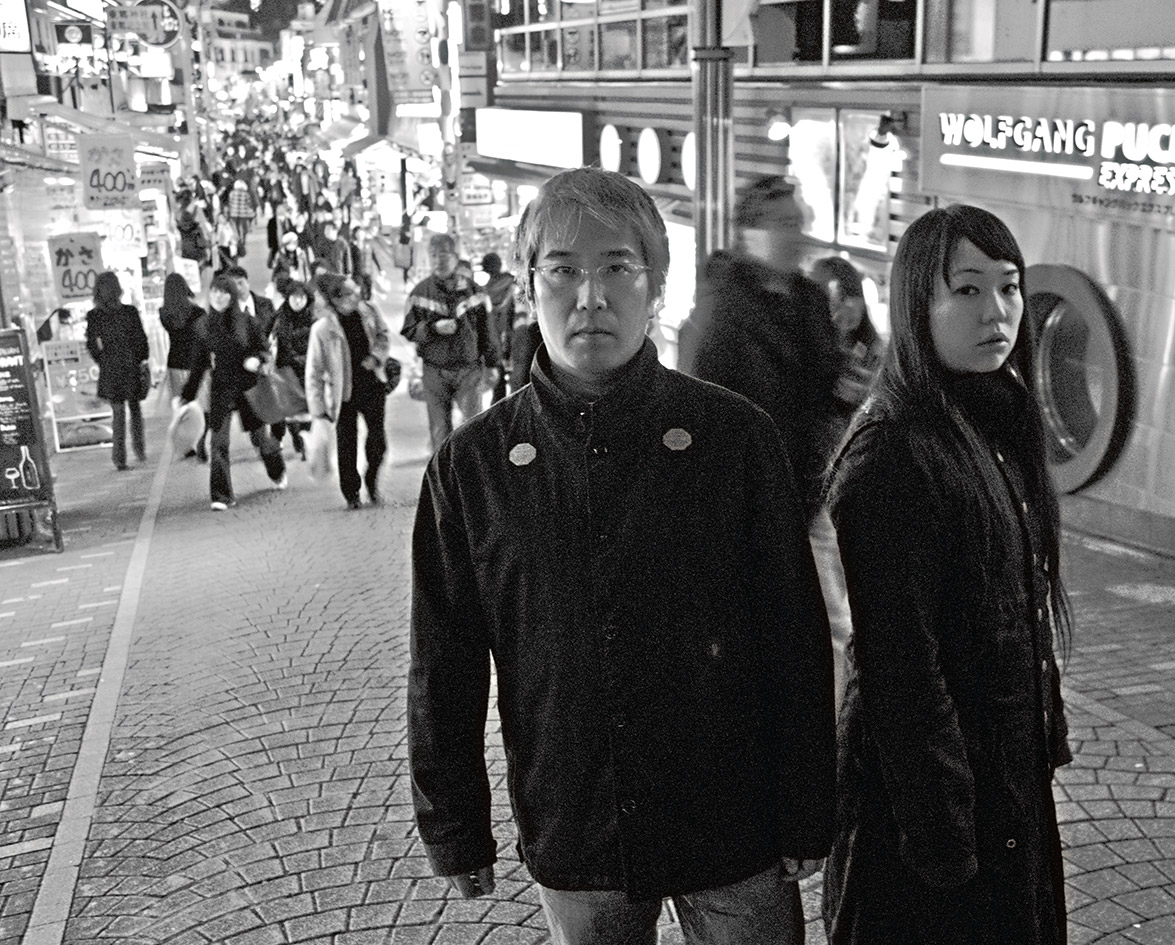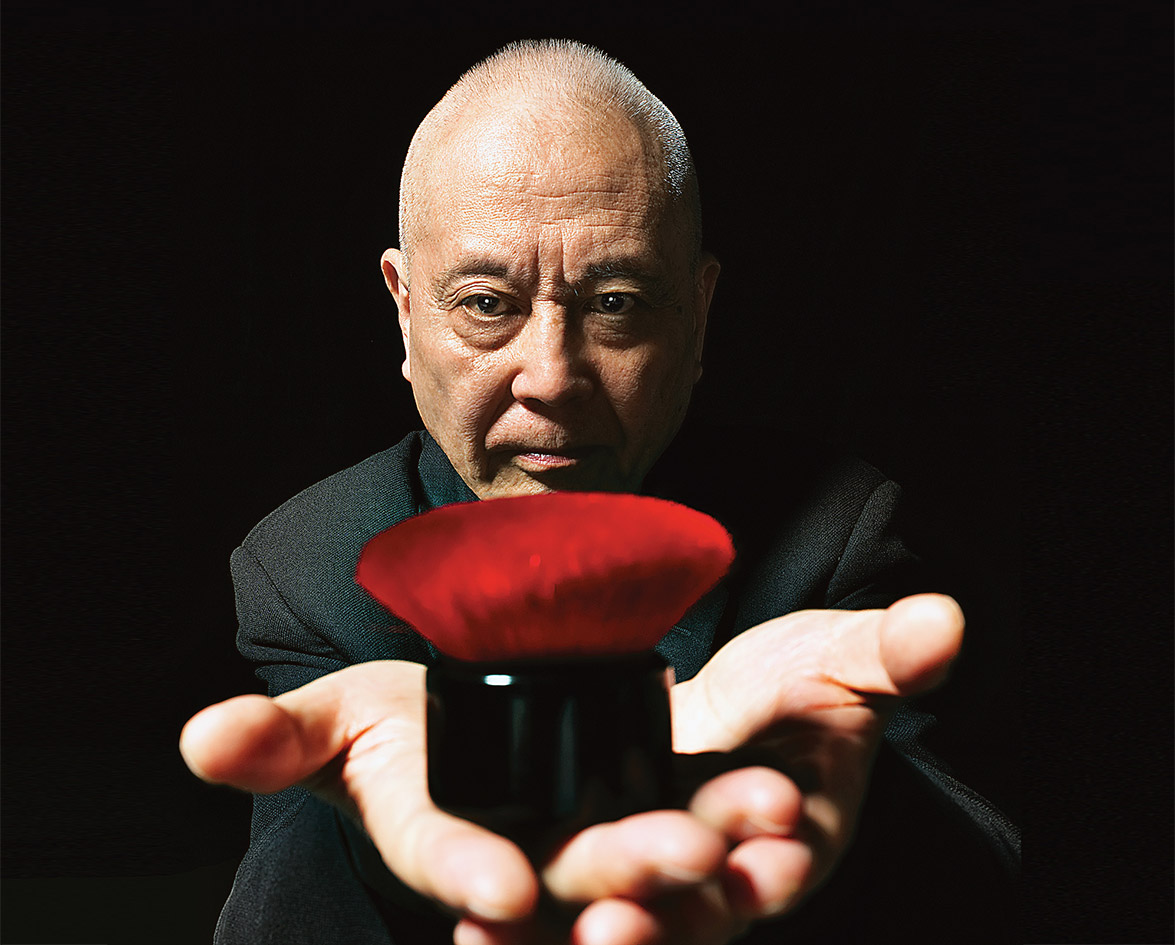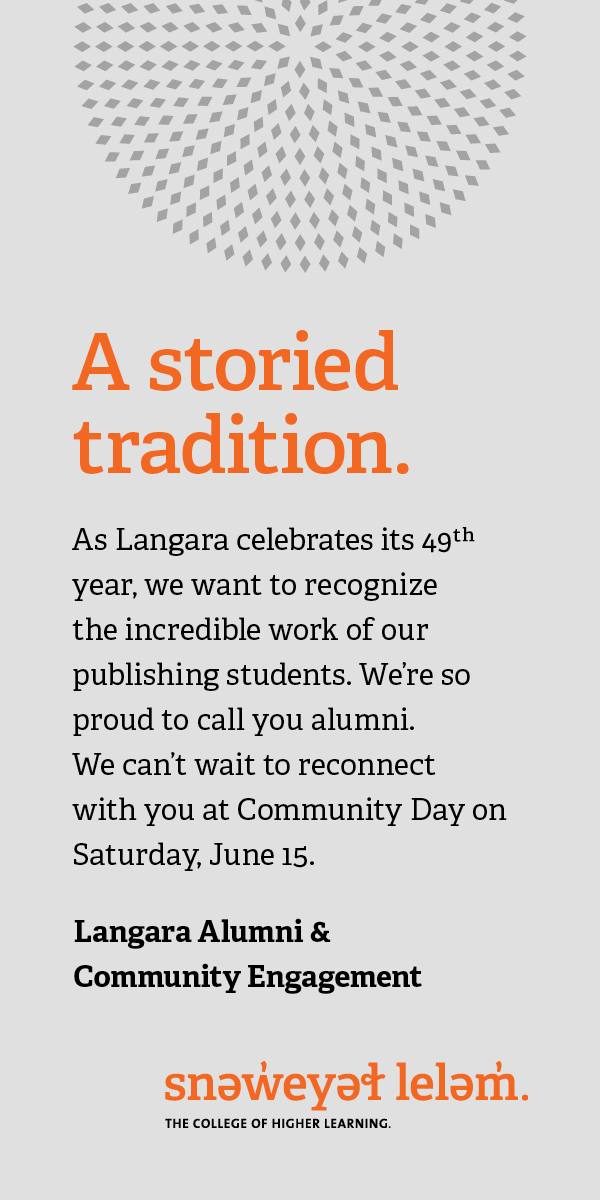Hollywood has always looked to other cultures for inspiration for the stories it brings to life onscreen. When studios started to remake the famous horror movies of Japan, more commonly known as J-Horror, western audiences noticed a difference: the American versions weren’t holding up well to the original foreign films.
Western audiences had limited exposure to bake-eiga, which translates to Japanese horror or J-Horror, until 2002 when DreamWorks Pictures SKG released the American remake of director Hideo Nakata’s Ringu, Japan’s most successful horror movie. After the success of The Ring, a whole slew of J-Horror remakes flooded the market: The Grudge, Dark Water,The Eye, One Missed Call and many more.
It wasn’t long before die hard horror fans sought out the original versions of these films. Not long after, they began to proclaim the superior storytelling of these original films. Steve Biodrowski, online Editor for Cinefantastique magazine, feels original films stand on their own. “As one might expect from a trend based entirely on mercenary motives, the critical reaction has been mostly negative. After all, few of these films cry out to be remade; most of the originals are superior over their American counterparts.”
The biggest distinction between American horror and J-Horror is the principle antagonist. The majority of American horror villains are male; the big three being Freddy Krueger from A Nightmare on Elm Street, Jason from Friday the 13th and Michael Myers from Halloween. The main antagonist in most J-Horror is the image of the female yûrei, whose character is different in each film, but whose appearance and motives remain the same.
Villains
The yûrei is a traditional figure in Japanese folklore. The name translates as “yuu” meaning faint or dim, and “rei”meaning spirit or soul.Yûrei are bound to the physical world through the emotional distress caused by their death, and motivated through sheer anger and their incredible need for vengeance. Clad in a traditional white funeral robe, with long unkempt black hair and indigo-tinted skin, they are reminiscent of the ghosts in kabuki theatre. Japanese kabuki theatre contains stylized drama and is famous for its elaborate costumes and makeup.
The most recognizable women in American horror do not really fit the requirements of the true horror villain icon: a truly evil creation who kills for the sake of killing, takes pleasure from the killings and becomes a legend because of her reign of terror. Regan from The Exorcist was not evil herself, merely possessed. Carrie, of the Stephen King movie of the same name, was driven mad, and in the end destroyed herself. Since her introduction to mainstream Hollywood, the yûrei is the only female antagonist to come close to reaching the same status as the big three.
Many horror fans agree the image of the yûrei creeping slowly and silently towards them onscreen is far more terrifying than her male counterparts. The tactics employed by the yûrei are far more subtle and elegant — sliding through shadows effortlessly; entangling victims in her long flowing hair; playing with and breaking her victims like dolls. Compare this to Jason, who prefers to beat his victims against a tree in their sleeping bags like an old rug.
Scare Tactics
Regarding the all-important fear factor, a J-Horror story starts slowly with a creepy tone, building the tension until the truly horrific ending. Early Hollywood movies used this style as well, but American horror has evolved into a series of “jump” or “shock” shots throughout the first part of the film, raising fear in the audience and leading up to the final big scare. It has become a predictable formula in current horror films for directors to use a series of these shots to build the feelings that propel the film.
The downfall of this approach is that the directors tend to focus on giving the audience so much buildup that the ending is often anti-climactic. J-Horror outshines western horror in its ability to withhold the scare until the appropriate time, and to leave the audience both satisfied and shaking with fear.
Storytelling Methods
Each culture has its traditional way of focusing on storytelling. J-Horror tends to have a deep sense of tradition running through its stories in the way evil is presented and how the characters react to it. The horror lives in the mind of the characters, and this is translated to the audience. The visuals become secondary as the story reveals not only the immediate horror, but also the limitless possibilities of the evil.
For example, a yûrei is not bound by the rules of western morality; she will kill anyone that she comes in contact with. There have been instances in American films where a female character can persuade or distract a male villain in order to escape, but a yûrei will strike hard and without hesitation. This inability to determine the pattern of a yûrei’s violent actions makes her a much scarier force than the western male villains operating within the rules of their universe.
American horror concentrates on the reaction to the shock of the visual. B. J. Summers is an avid horror movie fan who works at Videomatica, one of Vancouver’s oldest independent video stores which specializes in rare and hard-to-find films. Like many other horror fans, he knows that the thrill of American is the reason to see the movie. Being scared from the safety of a theatre seat is a pure escape from reality.“American horror is a popcorn media, designed as a thrill ride. People go to horror movies for the thrill and catharsis release.”
Blood & Gore
In the last few decades, Hollywood has tried to make horror films bigger, badder and bloodier. Freddy has an infinite arsenal of carnage in his dream world, and will forever be known for his razor-sharp, clawed glove. Although strong enough to tear apart a body with their bare hands, both Jason and Michael wield large blades. There has been an endless stream of slicing, dicing, dismemberment, strangulation and many other inventive forms of death only the Hollywood machine could dream up.
Since the introduction of graphic horror in the 1970s, blood and gore have become a key part of inducing fear in the audience, so much so that they became one of the main features drawing in audiences. Some medical professionals and concerned groups say the continuous use of gore has contributed to the desensitization of society to violence. Summers feels the overwhelming amount of violence portrayed has hurt the tradition of horror. “Modern American horror has lost its romance, especially going through the ‘60s and ’70s. They have lost their romantic view.”
Death vs. Immortality
Funnily enough, death means nothing in the world of horror film, especially to the villain. The big three have been killed off more than any other villains in movie history. Their resurrections, through ill-conceived plot devices, aid in continuing the series and thus bringing in more money. This is part of the traditional horror story in American culture; the protagonist must defeat the evil figure because the hero represents good. This gives the audience a reassuring sense of closure, but at the same time Hollywood’s series formula ensures the evil may not be completely dead, and the resurrection will be explained in the next movie.
In stark contrast, a J-Horror yûrei cannot be exorcised or defeated. She is so powerful and her hatred is so great that she cannot be vanquished to the spirit world. The only hope in surviving a yûrei is to redirect her wrath towards another hapless victim. This is where J-Horror outdoes western horror again; the evil is not defeated, but remains free to roam and claim victims.
Humour
With the constant resurrection of western horror iconic figures, one of the main problems Hollywood has encountered is the evil becoming comical and cliché. “Comedy in horror makes it easier to make; it’s a cheap tool to ease tension,” Summers says of why filmmakers have resorted to including laughs alongside the terror. Part of the problem is the clichéd one-liners used by the villains, and the other part is the characters’ mentality not evolving to reflect the changes of the culture.
According to Karen Budra, who teaches Gothic & Horror Literature and Film at Langara College and is Vancouver’s leading authority on Goth culture, “All genres move through a cycle of maturation, ending in parody. Right now though, both hardcore and parodic forms exist.” When not intentional, humour in horror becomes more annoying than effective, ruining the character and story and making the fear seem trivial.
Character Evolution
J-Horror does not seem to have the same problem that American horror has with its characters remaining the same. The yûrei figure seems even more menacing placed within the context of modern society and technology. “J-Horror tends to include lots of dangerous technology, as well as making damning indictments of modern urban Japanese life,” Budra says. The connection of the ghostly figure with the past makes the stark aesthetic of the modern age seem all the more cold and unforgiving, much like the yûrei herself.
Many fans of the J-Horror genre feel that none of the remakes Hollywood has produced have been done as well or as scary as the original. This could be due to directors
trying to inject the American formula into a traditional Japanese idea. Budra says this is nothing new, “Americans have been ripping off foreign films since the beginning of the motion picture industry. It’s called relying on a ‘presold property’ which guarantees a profit for producers. And that, in Hollywood, is what it’s all about.”
Are the two styles just too different to work together? Over time the multicultural film industry within Vancouver should be able to produce a horror film that is a successful fusion of both eastern and western styles.
In the meantime, in a bloody battle to the finish of J-Horror versus American horror, many horror fans will ultimately choose J-Horror as the victor. The crucial factor is its treatment of evil in the minds of the audience, and the bringing of the traditional into the modern age without losing its edge. American horror, though an innovator in bringing the visualization of shock and gore to the screen, has let its style become stale with repetition. Trying to reinvent itself through new cultural styles has not shown promising results. Breaking free of the formula and evolving once again will be the key to saving the horror genre in Hollywood.





